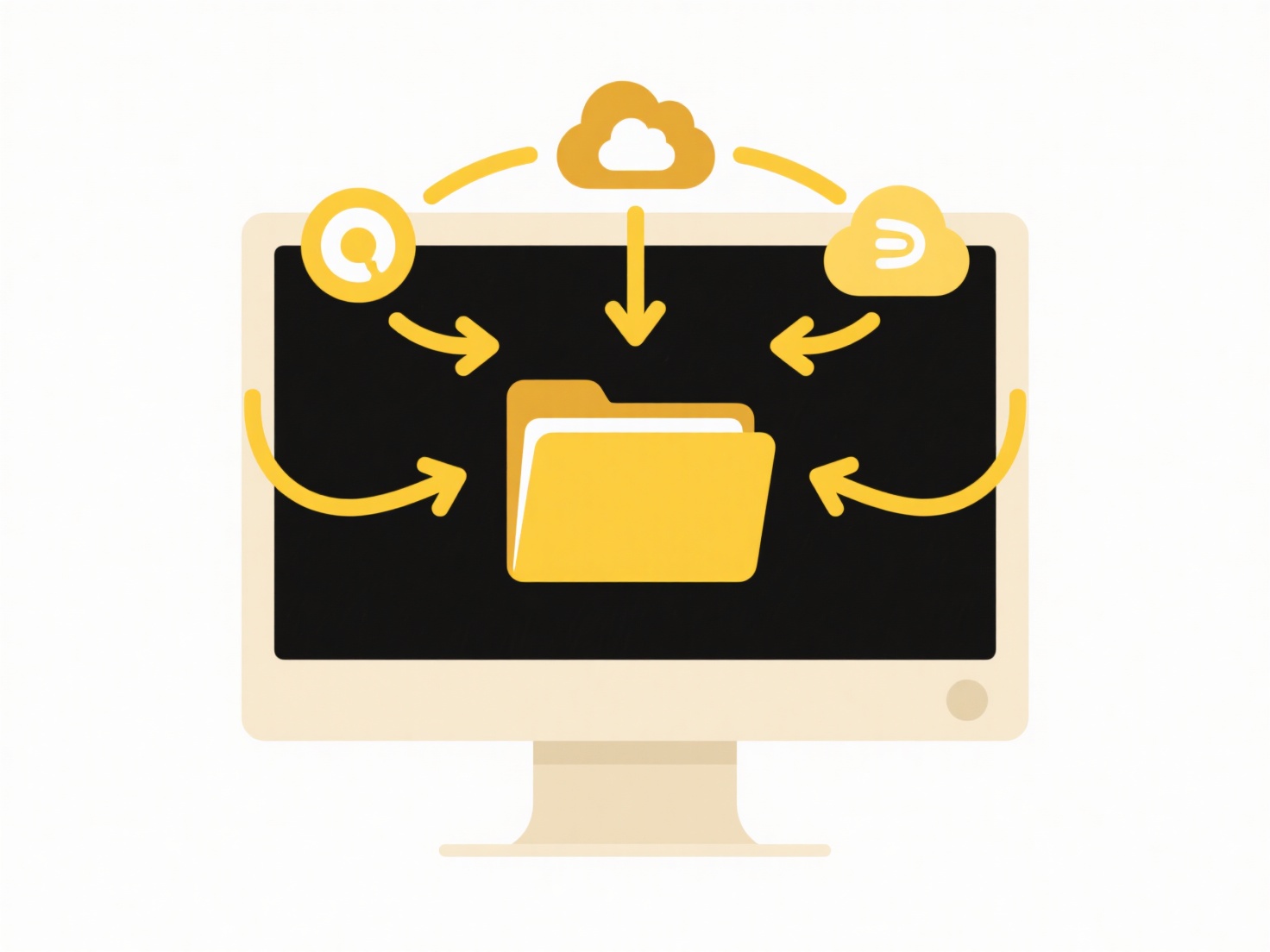
When you move a shared folder to a new location on your system or network, sharing often breaks because permission settings and access links are tied to the folder’s original path. File sharing typically relies on unique identifiers or specific metadata referencing the folder's location. Changing this location disrupts that reference, causing the system to treat the moved folder as a new object, effectively severing existing access links and permission structures that were established under the old path.
For example, in a corporate Windows Server environment, moving a department's shared "Projects" folder from one network drive to another invalidates any existing mapped network drives or shortcuts employees use to access it. Similarly, cloud services like Google Drive or SharePoint can "lose" sharing permissions when users relocate shared folders within their own account structures, forcing collaborators to request access anew.

The limitation exists because persistent identifiers across location changes add complexity. While automated sync tools can mitigate this for personal files, they rarely preserve complex external permissions. Relocating shared folders risks unintended access loss or orphaned data. Future developments might include smarter enterprise systems with dynamic reference tracking.
Why does changing the folder location break sharing?
When you move a shared folder to a new location on your system or network, sharing often breaks because permission settings and access links are tied to the folder’s original path. File sharing typically relies on unique identifiers or specific metadata referencing the folder's location. Changing this location disrupts that reference, causing the system to treat the moved folder as a new object, effectively severing existing access links and permission structures that were established under the old path.
For example, in a corporate Windows Server environment, moving a department's shared "Projects" folder from one network drive to another invalidates any existing mapped network drives or shortcuts employees use to access it. Similarly, cloud services like Google Drive or SharePoint can "lose" sharing permissions when users relocate shared folders within their own account structures, forcing collaborators to request access anew.

The limitation exists because persistent identifiers across location changes add complexity. While automated sync tools can mitigate this for personal files, they rarely preserve complex external permissions. Relocating shared folders risks unintended access loss or orphaned data. Future developments might include smarter enterprise systems with dynamic reference tracking.
Related Recommendations
Quick Article Links
How do I ensure no duplicate names when renaming files in bulk?
How do I ensure no duplicate names when renaming files in bulk? When renaming numerous files simultaneously, conflicts...
What’s the difference between Cortana search and File Explorer search?
Cortana search and File Explorer search serve different primary purposes within Windows. Cortana acts as a digital assis...
How accurate is the AI keyword recognition in Wisfile?
How accurate is the AI keyword recognition in Wisfile? Wisfile's AI keyword recognition provides intelligent analysis ...